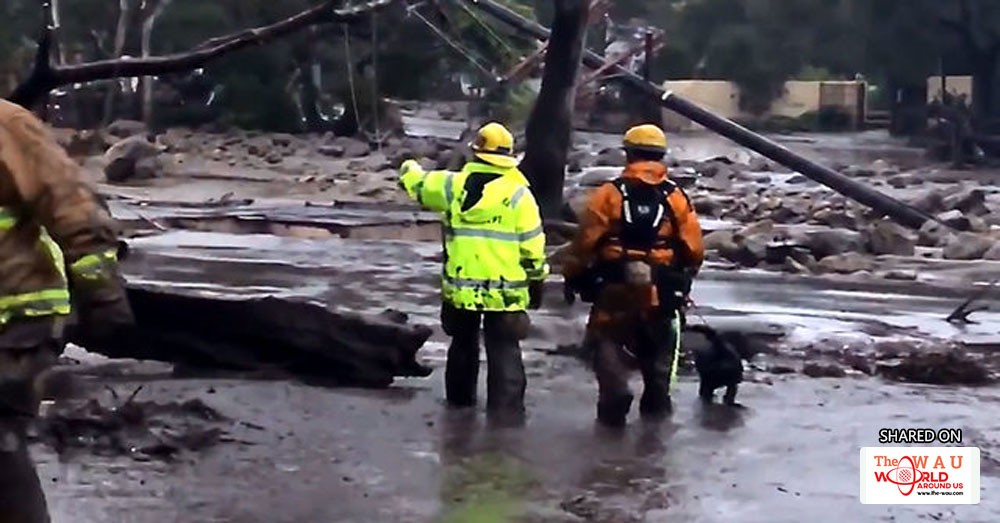As the boulders, rocks and cement-thick mud began tumbling down the mountains near Montecito, Calif., last week, residents were shocked at the ferocity. By the time the storm had passed, at least 20 people had died and hundreds of homes had been destroyed.
Geologists and officials in Santa Barbara say it is still too early to know precisely how and why last week’s mudslides became so lethal. But they are already studying satellite imagery to help determine the path of the deadly debris, in the hopes that understanding what happened will prevent similar calamities in the future.
Wildfires in December charred much of the hills in the area, burning the chaparral all along the foothills. Fire effectively changes the soil, making it more slippery and far more prone to erosion than healthy land.
“It was pretty rare, in essence a worse-case scenario from that standpoint,” said Jonathan Godt, an expert in landslide hazards for the United States Geological Survey. “The same rainfall that falls on a burned landscape can cause a lot more damage than it would before a fire.”

Satellite images from Digital Globe
While commonly called mudslides, scientists refer to them as debris flows — the scientific term to describe what is flowing downhill. The hills above Montecito are filled with small channels less than a meter wide, and these channels can quickly become overwhelmed during a powerful storm.
“These channels fill fast and when everything is moving at once, things just start coming down and getting faster and picking up material,” Mr. Godt said. “It’s like a snowball effect and it has to move.”
As the debris flows move downhill, Mr. Godt said, they have grown both in volume and momentum and “are more destructive as they move toward things we care about.”
The water combined with debris make it possible to “transport something very large much farther and much faster,” Mr. Godt said, adding that he was reluctant to criticize county and emergency officials for not forcing more evacuations because such flows are impossible to predict.
Share This Post















